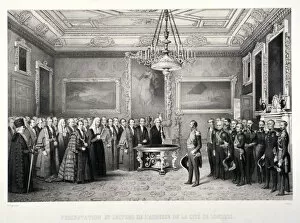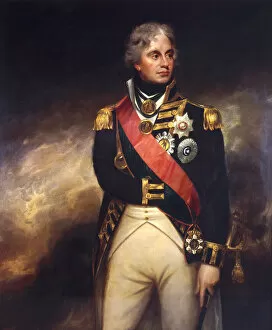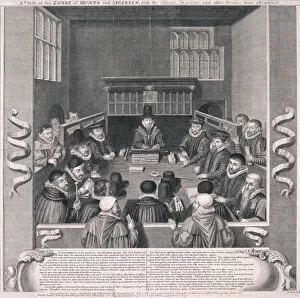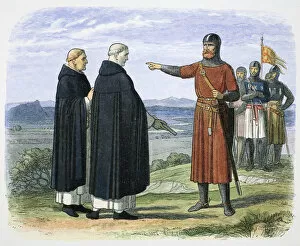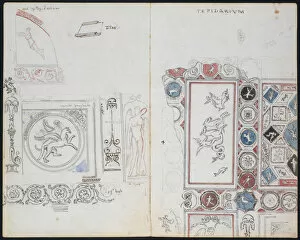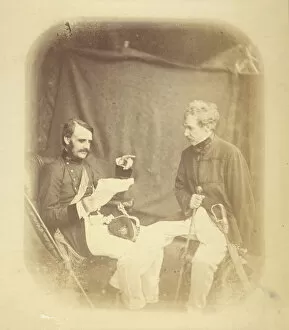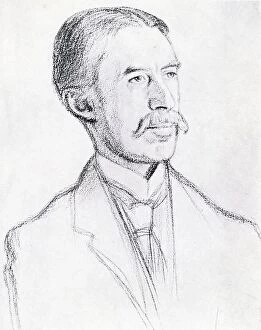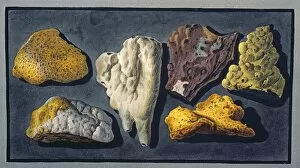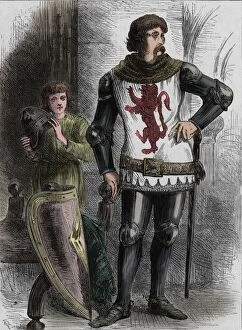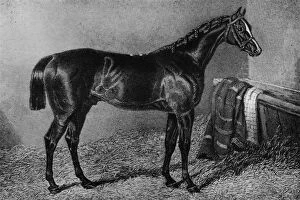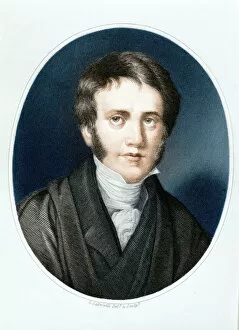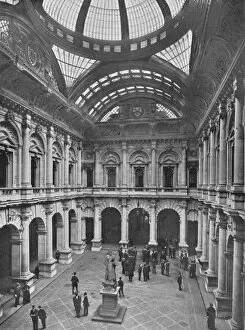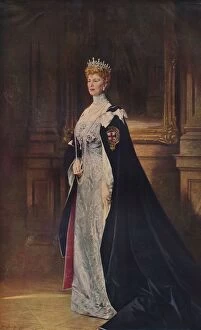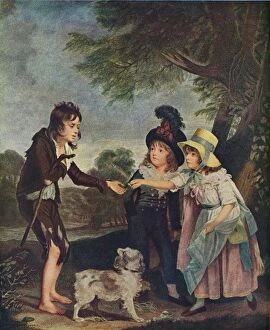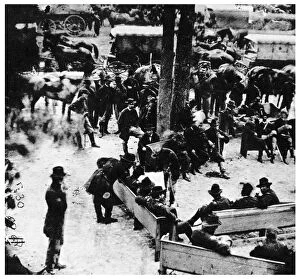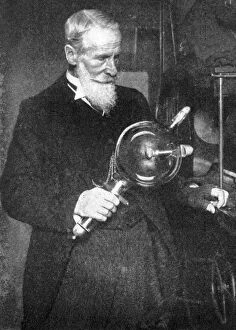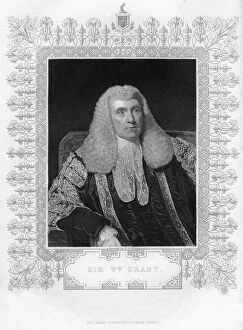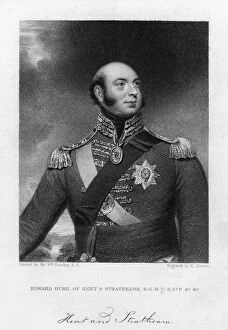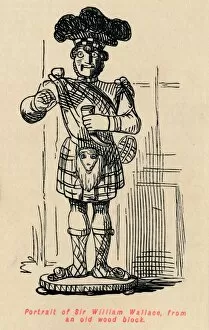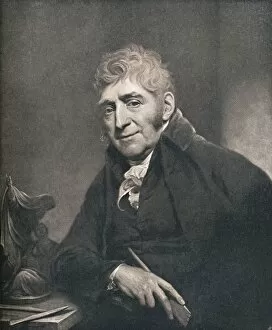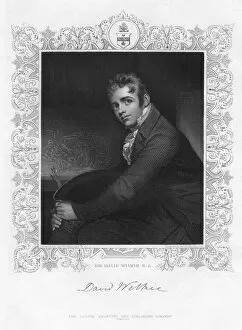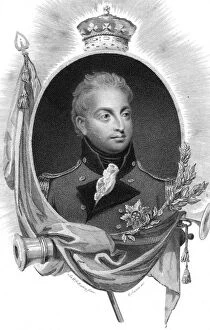Sir William Collection (#3)
"Sir William: A Man of Many Faces and Talents" From the eloquent words penned by Sir William Cecil to his dear friend Sir Christopher Hatton
For sale as Licensed Images
Choose your image, Select your licence and Download the media
"Sir William: A Man of Many Faces and Talents" From the eloquent words penned by Sir William Cecil to his dear friend Sir Christopher Hatton, to the intricate artwork created by various artists throughout history, the name "Sir William" has left an indelible mark on different realms. In a letter dated 12th September 1586, we catch a glimpse of the intellect and wisdom possessed by Sir William Cecil, 1st Baron Burghley. His correspondence with Sir Christopher Hatton reveals a deep bond between two influential figures of their time. While Sir William Cecil excelled in matters of statecraft, another creature bearing his namesake thrived beneath the earth's surface. The European mole (Talpa europaea) exemplifies perseverance and adaptability - qualities that perhaps resonated with this esteemed individual. Moving from creatures to canvases, we encounter a portrait capturing the essence of William Henry Paget Marquess of Anglesey. Painted in oil on canvas, this half-length depiction showcases not only artistic skill but also pays homage to an important historical figure. The year is now 1878 as Lock & Whitfield immortalize yet another notable personality through their artistry. In their portrayal Withey Gull, one can sense both strength and vulnerability coexisting within this enigmatic character. Shifting our focus towards architecture and finance, we find ourselves gazing upon The Bank of England and Royal Exchange in London circa 1910. This grand structure stands as a testament to financial prowess while reminding us that even institutions bear witness to individuals like Sir William who shape history. Venturing into nature's realm once more brings us face-to-face with The Fens Drained in 1662. Through artist William Dugdale's brushstrokes, we witness how human determination triumphs over formidable landscapes – much like how Sir William himself conquered challenges during his lifetime.

